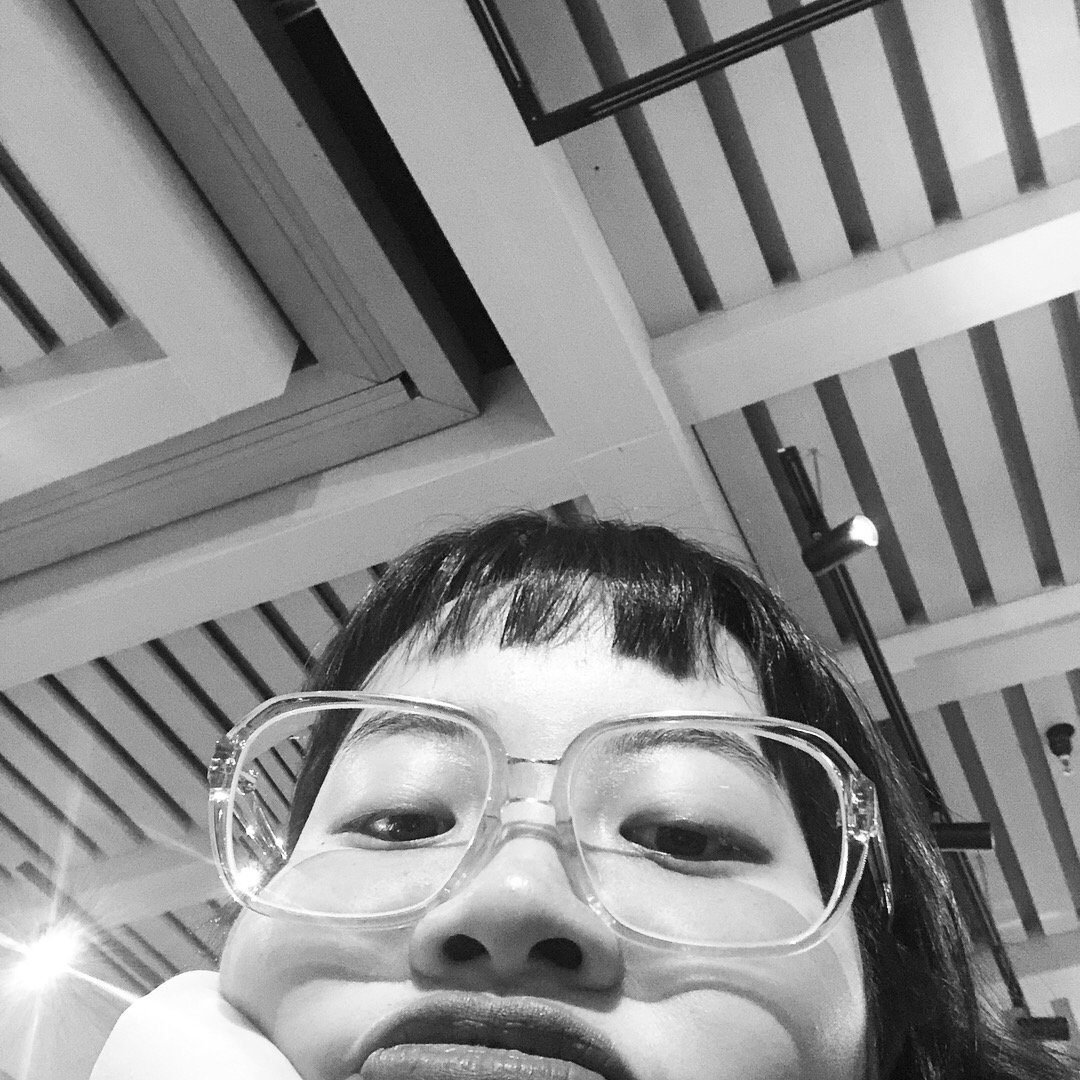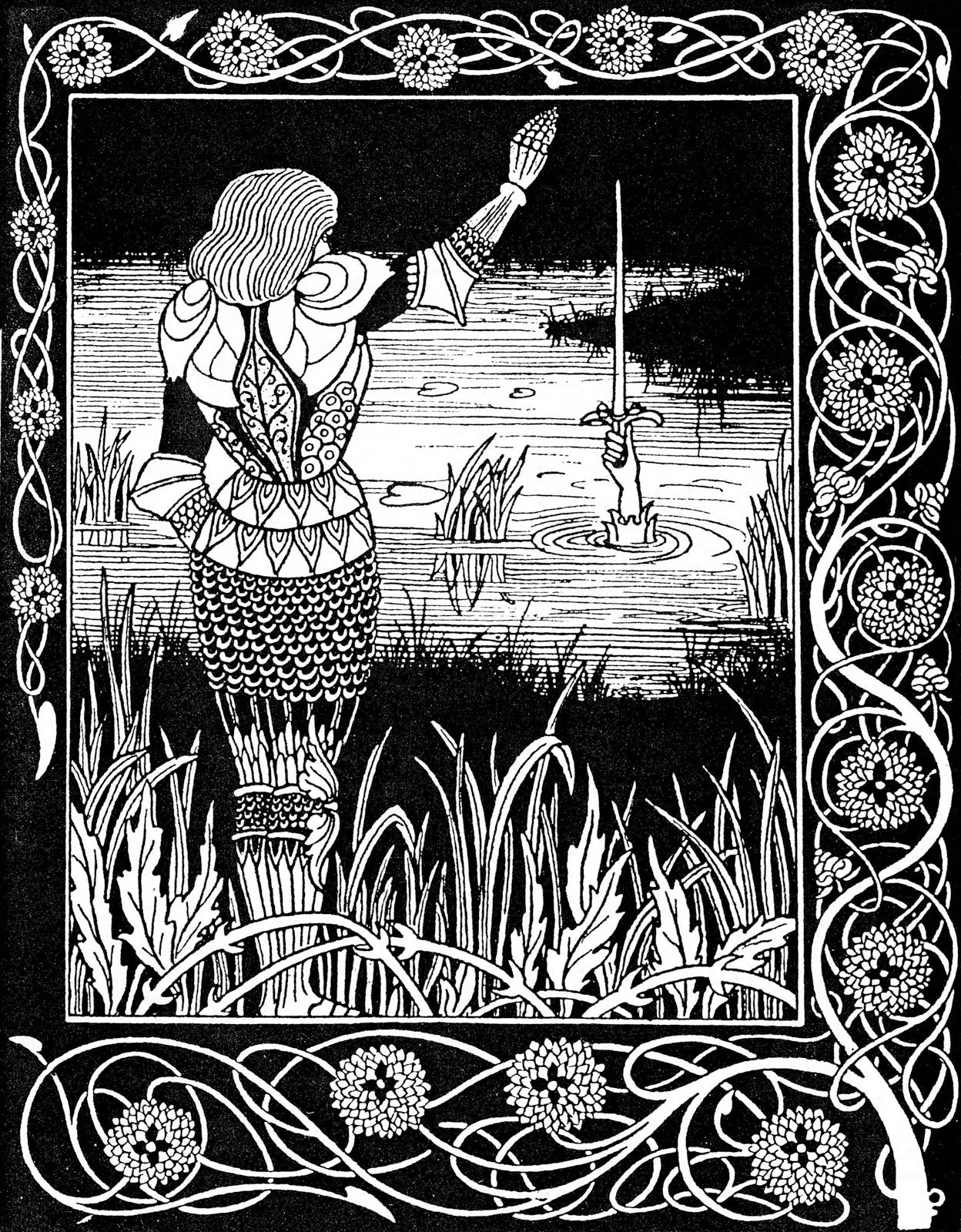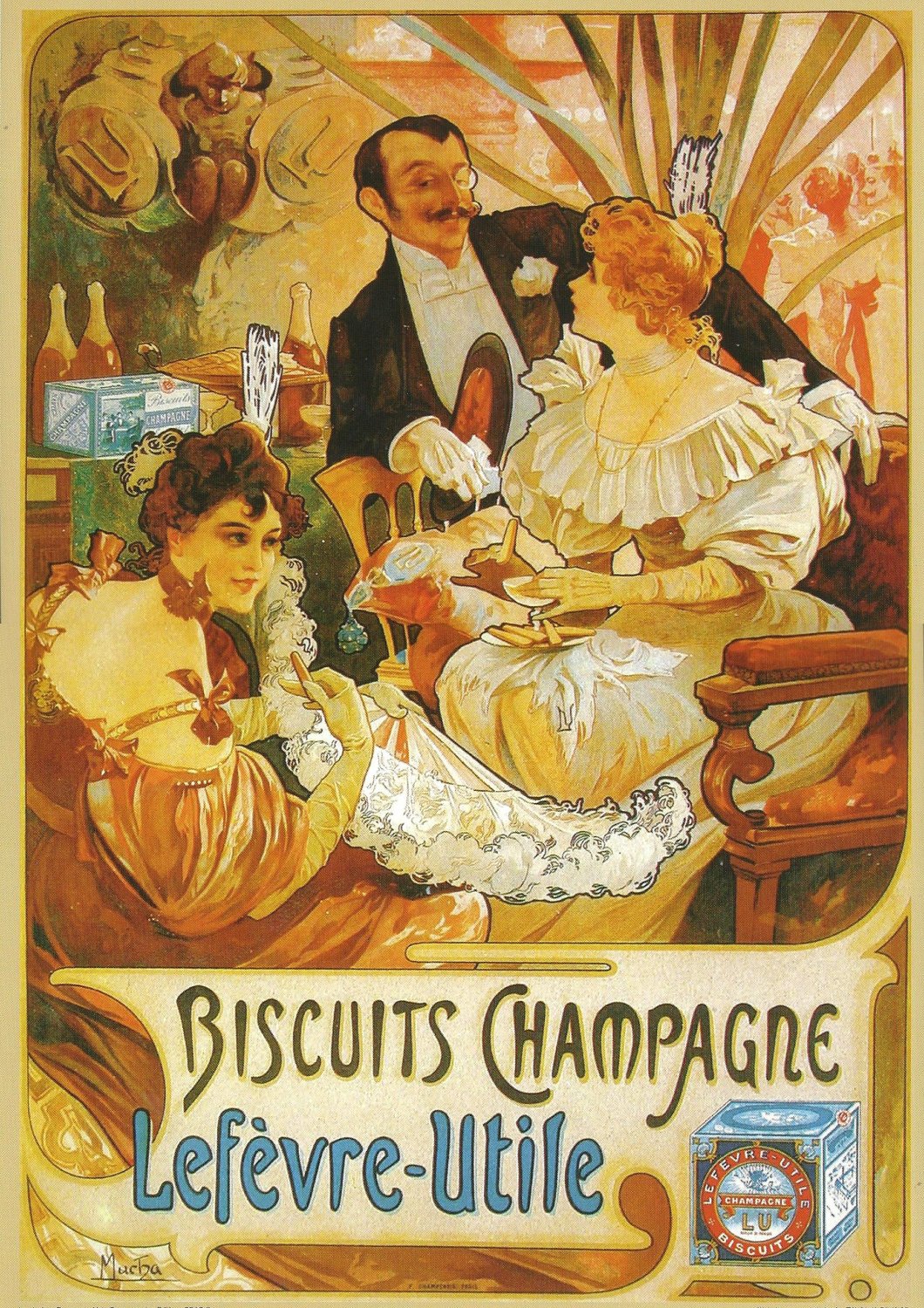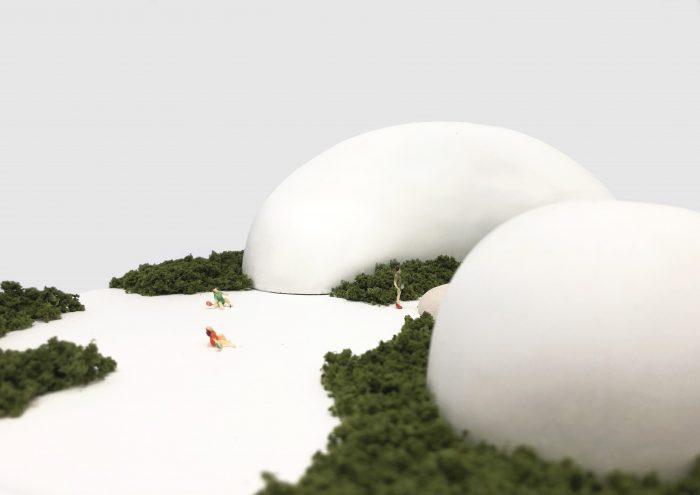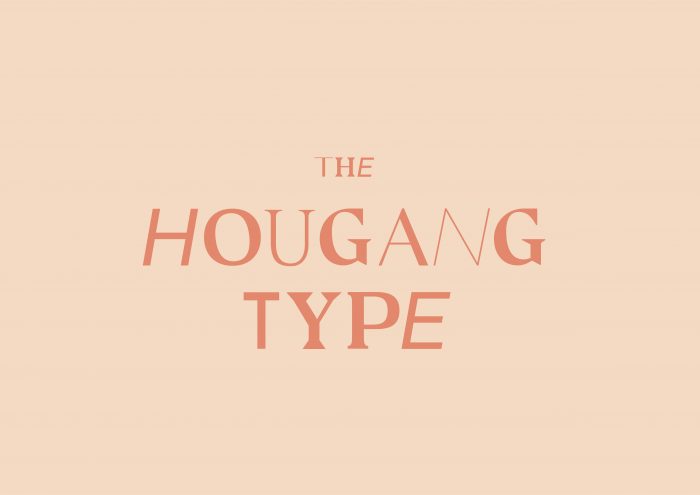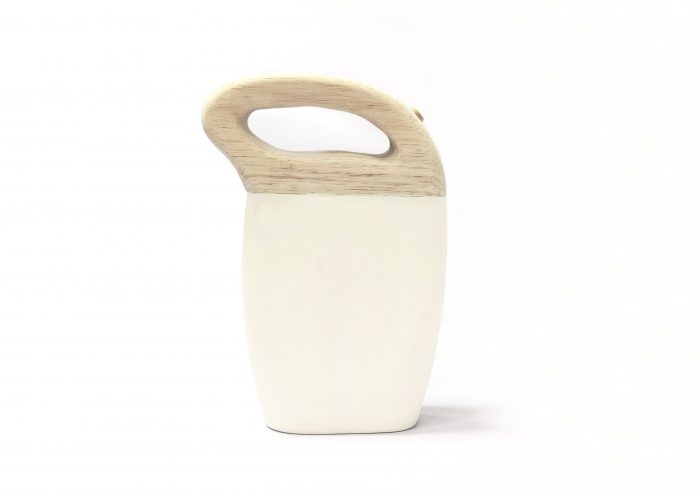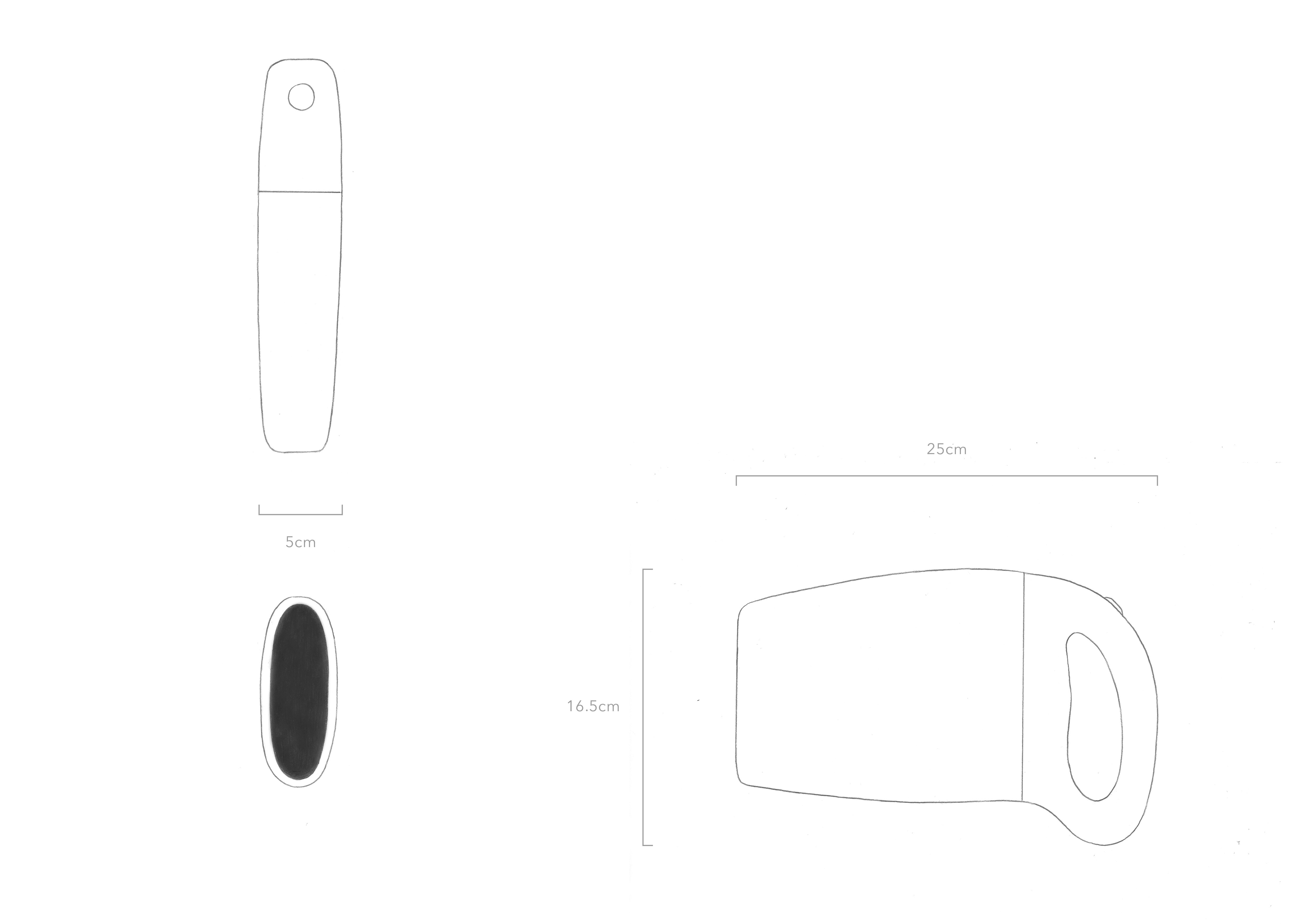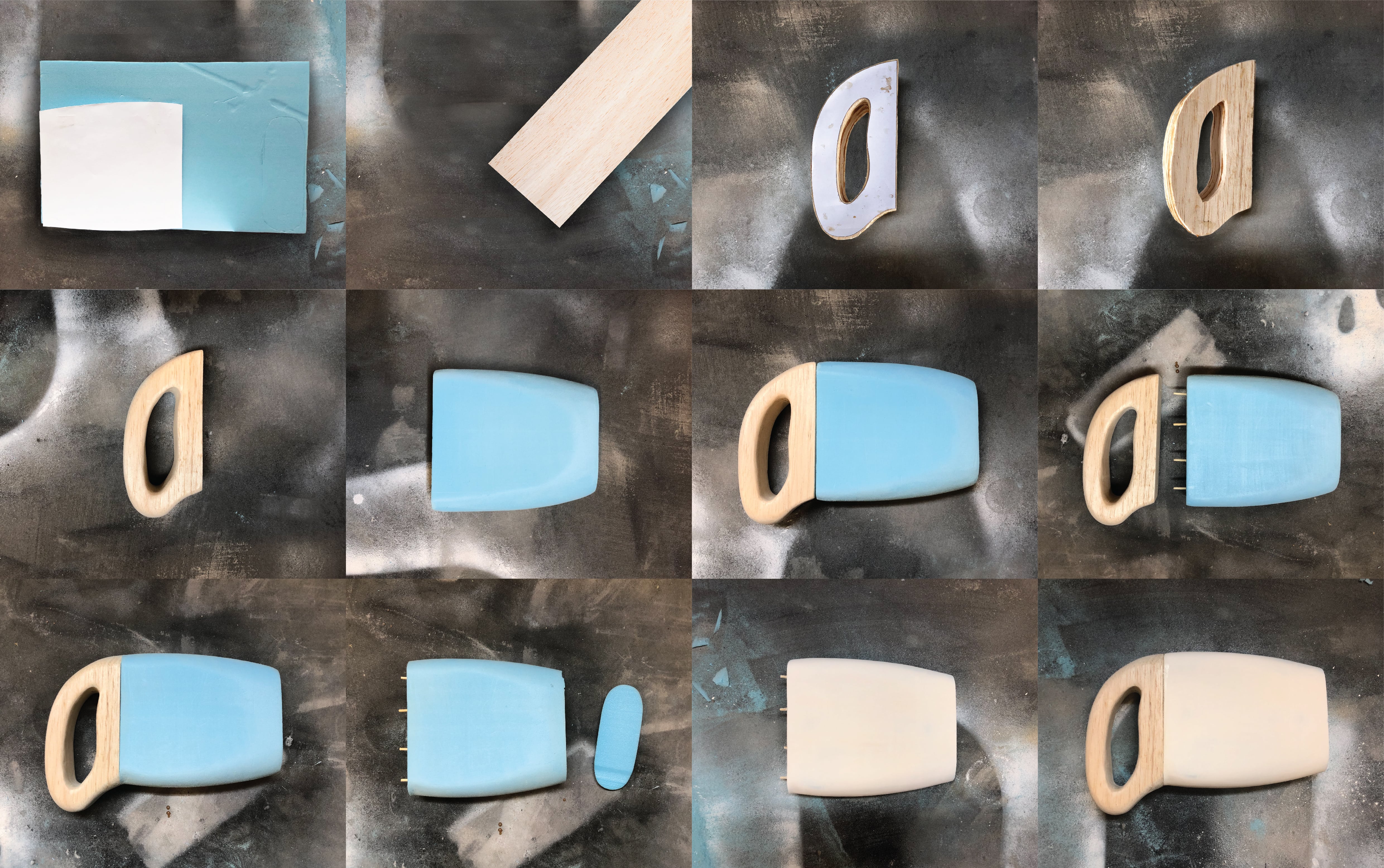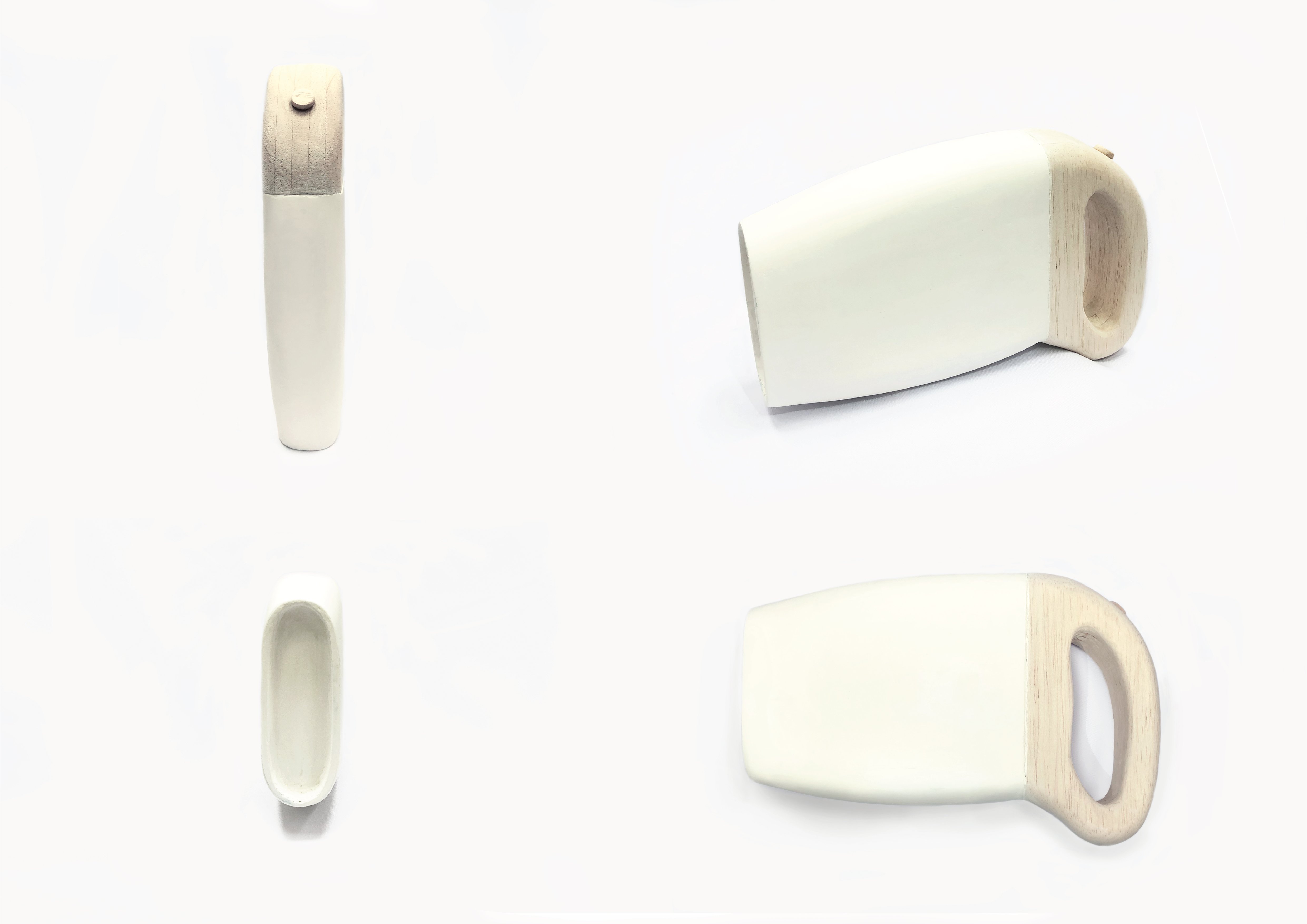
Locale : The Hougang Type
Brief
For this project, we were tasked to create an A5 size 8pp zine that explores the neighbourhoods we lived in. We were to showcase our neighbourhoods from our own perspective.
I have lived in Hougang all my life and I thought that this would be a great opportunity for me to really display what I knew about Hougang as well as what I loved about the place. Twenty-one years in the same place is a really long time. I lived, breathe, studied and grew up in Hougang. Most of my fondest memories of my friends and family are all within walking distance in the vicinity of my neighbourhood.
Hougang is my home.
Ideation
Honestly, I actually enjoy taking aimless walks around my neighbourhood with some music on, and I often opt to walk from place to place within my neighbourhood if I wasn’t in a rush for time or when the weather wasn’t too crazy. One thing I often conclude was that Hougang was really a hidden beauty.
I feel that Hougang still retains much of my childhood nostalgic interpretations of Singapore, especially in the type. To be brutally honest, the type in Hougang is nowhere near any graphic designer’s standard, however it authenticity and old “school-ness” is what makes it so simple and beautiful. The handwritten signs and Chinese calligraphed shop branding have their own uniqueness and I felt this was something I wanted people who do not live and live in Hougang to take a second look at and appreciate. In this day and age, we are often so preoccupied in our own worlds, looking at those tiny rectangle screens, we call phones to look around and appreciate the beauty that surrounds us, it was even proven in the survey I conducted for research where 62% of those surveyed admitted to being oblivious to their neighbourhoods.
Therefore, my idea was to create a zine that appreciated the type in Hougang. The zine was titled, The Hougang Type, which connotates two meanings. The typography in Hougang and the type of beauty in Hougang.
Inspiration
For the design of my zine, I drew inspiration from the concept of brutalism. Brutalism in graphic design is a myriad of systems fonts, irritatingly positioned images with no distinctive hierarchy and a lack of symmetry. It was basically any design that could evoke a headache.
In other words, when you encounter a brutalist design, you certainly won’t miss it. And this was the same view I wanted people to have for the type in Hougang. Despite the visually offensive, raw and retro designs of Hougang’s type, I didn’t want people to miss it. Instead, I wanted these “ugly” type to call out for attention in order to be appreciated for their own beauty.
Here are some designs I drew inspiration from…




Developments
Of course, despite knowing what I wanted to do and how I wanted to do it, actually doing it is much more difficult and the results are often unpredictable.
Below are my developments in design…
Cover
Initially, I wanted a purely type-based cover. However, after consultations with Shirley, she explained how a pure type cover may be a bit unattractive as compared to a vibrant cover with imagery.

First Spread
For the first spread, I wanted it to be an introduction to the zine as well as a guide on how to appreciate type. If one followed the flow chart, it is actually a step by step guide. At first, I planned to simply use contrasting typefaces to create the design however by doing so I was not really using typography from Hougang and that would defeat a zine that main purpose was to showcase the special type in Hougang. Thus, I brought my camera and went all over the neighbourhood looking for the words I needed.


Second & Third Spread
Initially, I was going to split the second and third spread into either two of the categories, type in architecture, type in people and type in things. However, after shooting the images I came to realise that there were a lot of overlaps within these three categories and eventually decided to use both spreads to simply showcase the unusual and beautiful type hidden in signages and communications in Hougang.


Back Cover
The back cover was pretty straightforward. I wanted a clear key line map that matched the style of my zine to show and guide viewers through Hougang to view the beautiful hidden type.

Conclusion
All in all, despite the sleepless nights and photoshoots under the scorching sun, this was a really fun project where I got to go around my favourite place in Singapore. My very own neighbourhood, Hougang.
In all honesty, I kinda believe this assignment was designed for us, who may have lost touch with the places we grew up in as we have grown older. This is especially relevant for those who may live on campus, far away from their homes. It definitely gives us a good reason to go back and revisit our homes and surrounding neighbourhoods. the project has also reiterated the importance of paying attention and appreciate our surroundings. I hope this project continues on for the next batches of design students in ADM!



